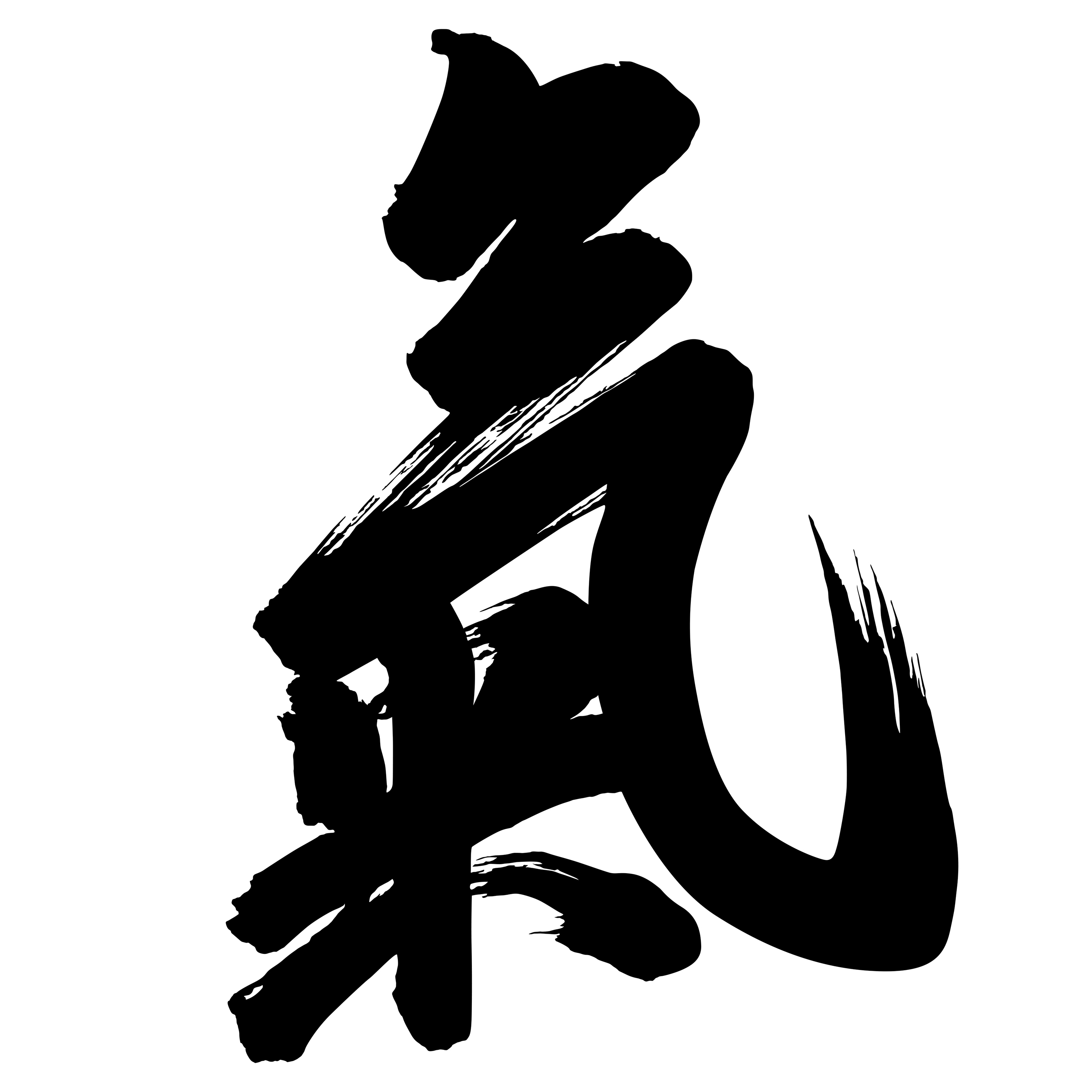Open lecture: Air/Qi: Notes from the History of Science and Medicine

Associate Professor of History and Asian Studies, Vanderbilt University, Nashville, TN USA, Ruth Rogaski, explores the history of this intersection in order to better understand the cultural underpinnings of the connection between health and environment in China today.
Rogaski is invited by the research project Airborne: Pollution, Climate Change, and New Visions of Sustainability in China to CAS 7 June 2017.
Nature, cosmos, and the human body
Typically translated into English as “vital energy,” qi has long been at the core of traditional Chinese conceptions of nature, the cosmos, and the human body.
In classical medical texts, qi was intimately linked to air, but multiple types and sources of qi existed, and qi could not be reduced to an equivalence to atmosphere alone.
Not only did different types of qi exist, but different locales exuded their own particular kinds of qi, some of which could be harmful to human health.
My research focuses on debates about the nature of qi vs. kongqi that emerged in China with the arrival of Western science in the nineteenth century. Ever since the European Jesuits tried to tutor Chinese scholars about the Four Elements, Westerners had attempted to persuade Chinese to embrace "air" and leave qi behind.
By the late nineteenth century, translated texts about chemistry, physiology, and even hygiene began with treatises on the existence of air and gas. Impacted by these texts, throughout the twentieth century, physicians of Chinese medicine selectively adopted certain aspects of Western science into their understanding of qi, yet maintained an understanding of qi as something that went beyond air.
I end with some musings about the relationship between qi and air today, in an era when enthusiasm for the health benefits of qigong coexists with the presence of an increasingly unbreathable atmosphere.
About Ruth Rogaski
Ruth Rogaski is a historian of Qing and modern China at Vanderbilt University. She holds a BA in Oriental Studies from the University of Pennsylvania (1984) and a PhD in History from Yale (1996).
She is the author of Hygienic Modernity: Meanings of Health and Disease in Treaty-Port China (University of California Press, 2004), which traces how hygiene became a crucial element in the formulation of Chinese modernity, and has also written widely on topics such as germ warfare, Chinese orphanages, and martial arts history.
She is currently completing The Nature of Manchuria, a book which examines the intersection between natural history and projects of empire in northeast Asia, and is beginning a new research project on global circulations of the concept of qi in the nineteenth and twentieth centuries.
Grants and fellowships from the John Simon Guggenheim Memorial Foundation, the National Science Foundation, and the American Philosophical Society have funded her research and writing.
Open to all interested
Please send an email to k.k.isaksen@cas.oslo.no if you want to attend this event.